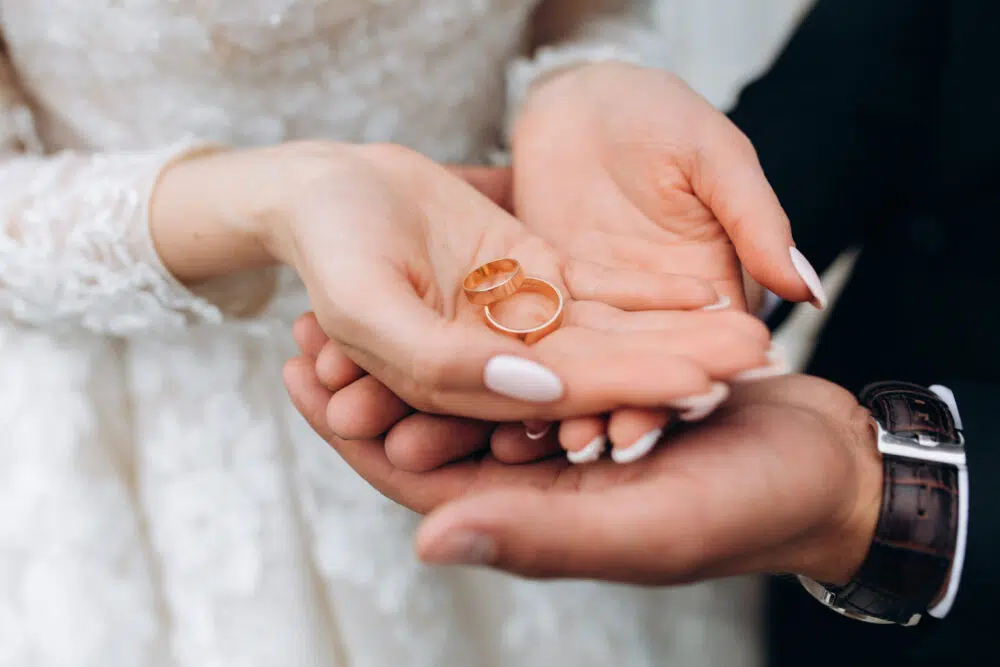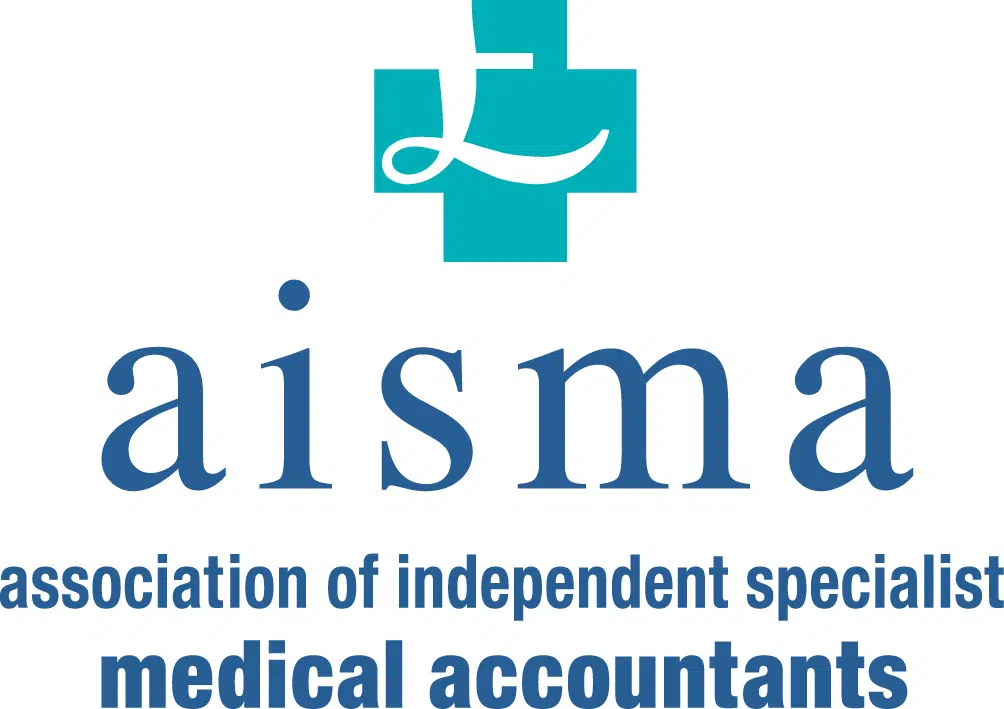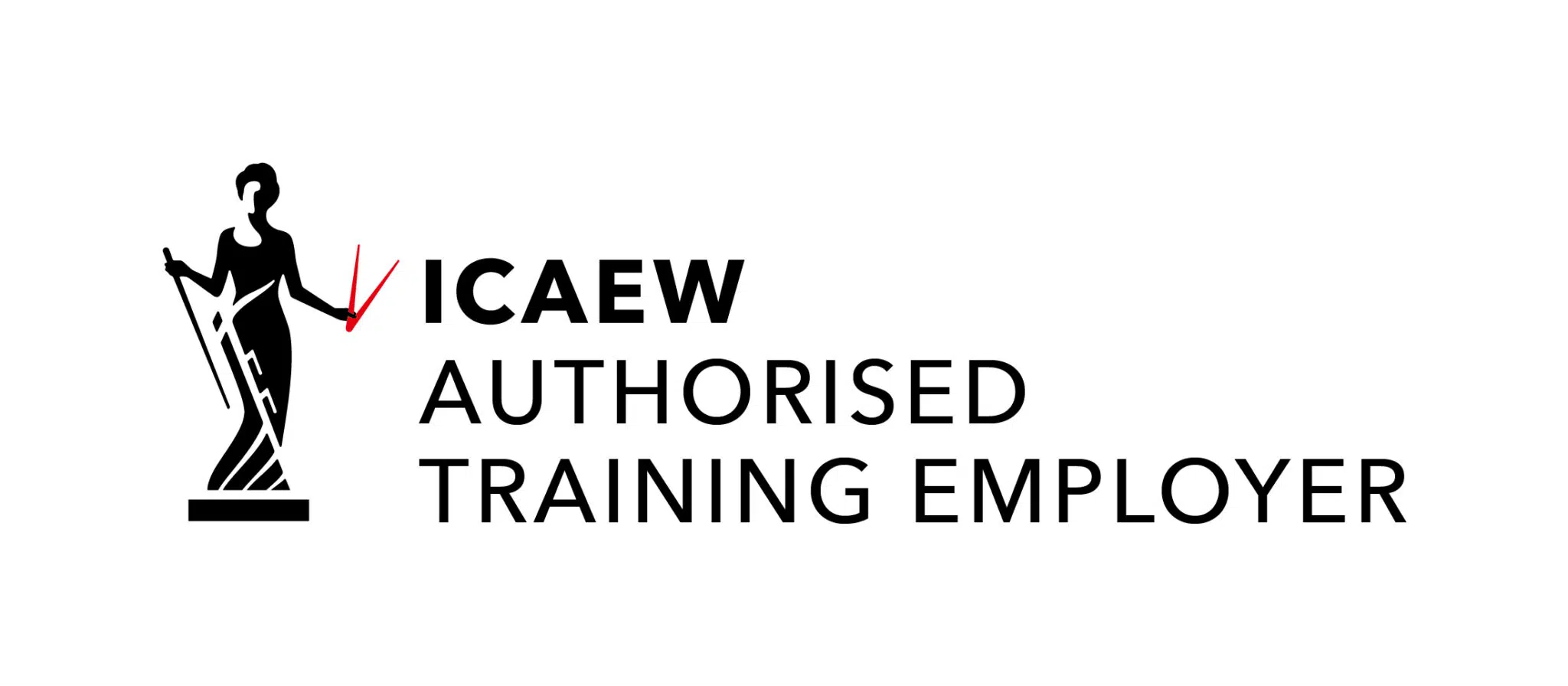New online tool for checking marriage allowance eligibility
Published: 10th November 2023
The personal allowance is a fixed amount that each individual can earn before income tax is charged each year. In some circumstances, it may be that one spouse (or civil partner) does not use their entire allowance. For example, if they aren’t working or they work part time. Eligible couples can apply to transfer £1,260 of unused allowance to the other partner, reducing their tax bill by up to £252 per tax year.
HMRC’s guidance says that the following criteria must be met to make a claim:
- You’re married or in a legal civil partnership.
- One individual’s taxable income is below their personal allowance (currently £12,570).
- The other individual is a basic rate (20%) taxpayer, i.e. their taxable income is between £12,571 and £50,270 for the tax year.
However, this is misleading – particularly the second point (see below). HMRC has now launched an online tool to help couples check how much money they can save by claiming the marriage allowance. The tool then guides users to apply online. As a bonus, if you were eligible in previous years but didn’t claim, the claim can be backdated for up to four tax years, which would net you a nice pre-Christmas windfall.
The tool is very limited though. It will only work in the most simple of circumstances, e.g. where you both have only earned income. If you have savings and/or dividend income it won’t help you. The guidance saying one individual needs to have income below £12,570 is wrong, and again will only apply where there is only earned income etc. There are circumstances where making a claim is still beneficial.
Example. James and Jon are civil partners. James is employed and earns £40,000 for 2023/24. Jon is a serial investor and receives dividends of £20,000. James will pay tax at 20% on £27,430 of his salary after deducting the personal allowance. Jon will pay tax at 8.75% on £6,430 of his dividends after accounting for the personal allowance and dividend allowance. The total tax bill for the couple will be £6,049. If Jon makes an election for the marriage allowance, James will pay 20% on £26,170 (after the extra £1,260 from Jon’s allowance). Jon will pay tax at 8.75% on £7,690. The overall tax bill is now £5,907 – a saving of almost £150.












